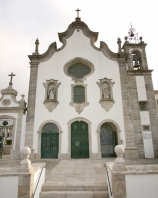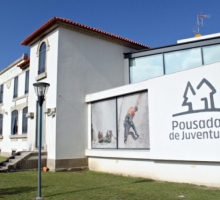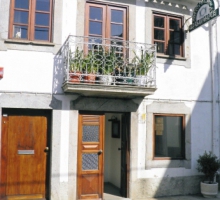This convent was in possession of the Capuchin friars until the middle of XIX century, when, due to the extinction of religious orders, it was passed into private hands. In 1898 it is acquired by the hospitable nuns of the Immaculate Conception, who have occupied it until 1910, when it was transformed into a private school and inhabited by sailors.
During the 20s and 30s of the twentieth century the Franciscan take possession of the building and undertake various works in the building, building the second floor of the south side. In 1957 a major fire struck the monastery leaving him virtually destroyed.
The Church of the Convent of rectangular plant and two structures - the nave and the high altar - has three altars and two tabernacles with images of Our Lady of the Conception, St. Francis and St. Bernardino, Queen Santa Isabel and Saint Antonio , which was built by Pitta, whose arms were carved in a stone above the altar. There is also an image of St. Sebastian that may have been transferred from the Chapel of St. Sebastian, which stood near the Clock Tower, the place where today is the Town Hall.
Location: Caminha
During the 20s and 30s of the twentieth century the Franciscan take possession of the building and undertake various works in the building, building the second floor of the south side. In 1957 a major fire struck the monastery leaving him virtually destroyed.
The Church of the Convent of rectangular plant and two structures - the nave and the high altar - has three altars and two tabernacles with images of Our Lady of the Conception, St. Francis and St. Bernardino, Queen Santa Isabel and Saint Antonio , which was built by Pitta, whose arms were carved in a stone above the altar. There is also an image of St. Sebastian that may have been transferred from the Chapel of St. Sebastian, which stood near the Clock Tower, the place where today is the Town Hall.
Location: Caminha




